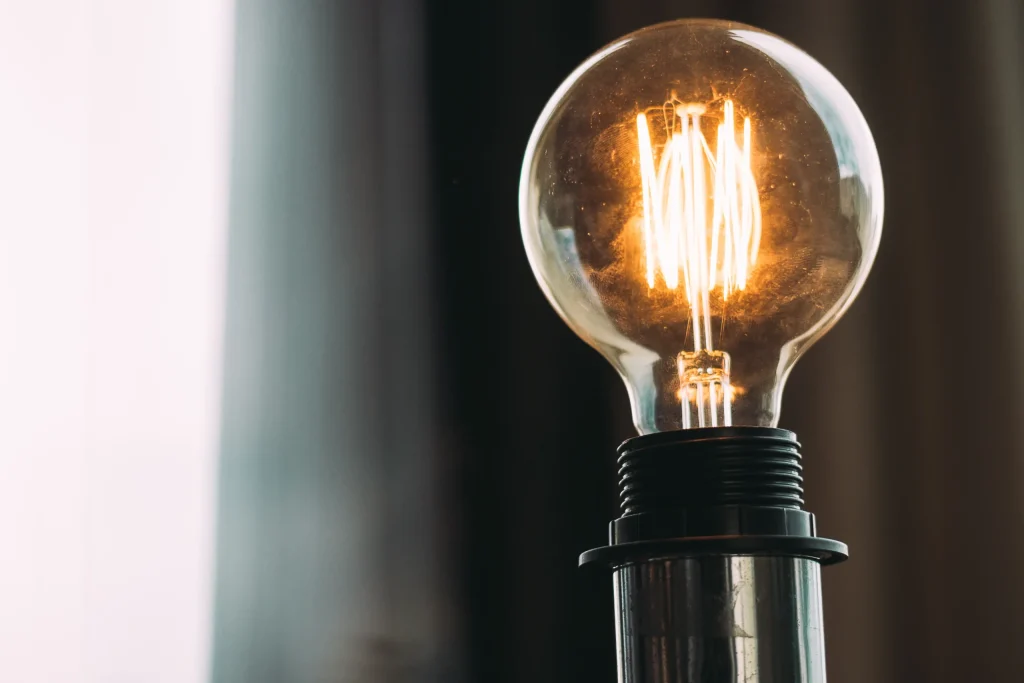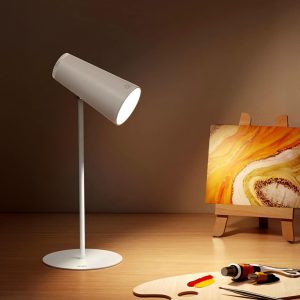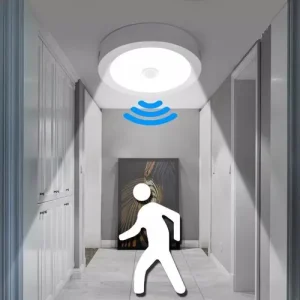Incandescent Bulbs: What Are They For? How They Work, Applications, and Safe Usage Tips

Incandescent bulbs have been a staple in lighting for over a century, providing warm and natural light to households and businesses alike. Despite the rise of more energy-efficient lighting technologies, incandescent bulbs continue to be used in certain situations due to their unique benefits. This article will explore the purpose of incandescent bulbs, how they work, where they are used, and important safety tips for proper usage.
1. What Are Incandescent Bulbs For? (Introduction, Common Types, and Benefits)
An incandescent bulb is a type of light bulb that generates light by heating a metal filament inside the bulb until it glows. These bulbs have been in use since the late 19th century and are still popular for their soft, warm light.
There are several types of incandescent bulbs, including:
- Standard Incandescent Bulbs: The traditional bulb with a tungsten filament that emits light when heated by electrical current.
- Halogen Incandescent Bulbs: A more advanced version of incandescent bulbs that uses a halogen gas inside the bulb to increase efficiency and lifespan.
- Reflector Bulbs: These are typically used in spotlights and floodlights, designed with a reflective coating to direct light in a specific direction.
The main benefits of using incandescent bulbs include:
- Warm, Natural Light: They emit a soft, warm glow, making them ideal for creating cozy, inviting environments.
- Instant Illumination: Incandescent bulbs reach full brightness immediately after being turned on, unlike some other light bulbs that take time to warm up.
- Dimmability: Incandescent bulbs can be easily dimmed, giving users greater control over the light intensity in a room.
- Affordable: While less energy-efficient, incandescent bulbs are generally inexpensive compared to other types of lighting.
2. How Do Incandescent Bulbs Work? (Principle of Operation and Key Components)
Incandescent bulbs work by passing an electric current through a tungsten filament inside a vacuum or gas-filled bulb. As the current flows through the filament, it heats up and begins to glow, producing light.
The main components of an incandescent bulb include:
- Filament: Typically made of tungsten, this is the part of the bulb that glows when electricity is passed through it. Tungsten is used because it has a high melting point and can withstand the high temperatures required to generate light.
- Glass Bulb: The glass surrounds the filament, protecting it from external factors and preventing the filament from burning out too quickly. It is usually filled with a vacuum or inert gas, like argon, to reduce oxidation and prolong the life of the filament.
- Base: The metal base of the bulb allows the bulb to connect to the light socket and complete the electrical circuit. It is often made of aluminum or brass.
- Electrical Contacts: These parts connect the filament to the power source, allowing the electric current to flow through the filament.
When the bulb is powered on, electricity flows through the filament, causing it to heat up to a temperature where it emits visible light. The light emitted by incandescent bulbs is broad-spectrum, making it similar to natural sunlight, which many people find pleasing.
3. Where Are Incandescent Bulbs Used? (Practical Applications)
While incandescent bulbs are less energy-efficient than modern alternatives like LED or CFL bulbs, they are still used in certain environments where their benefits are valued. Common applications include:
- Residential Lighting: Many people use incandescent bulbs in homes for general lighting, especially in living rooms, bedrooms, and hallways where warm, ambient light is desired.
- Decorative Lighting: Incandescent bulbs are often used in decorative fixtures, such as chandeliers, pendant lights, and string lights, because of their soft, inviting glow.
- Specialty Lighting: Certain types of incandescent bulbs, such as halogen bulbs, are used in task lighting, spotlights, and automotive headlights due to their bright, focused light output.
- Photography: The light from incandescent bulbs is often preferred in photography for its warm tones, especially in portrait or still-life photography, where natural-looking lighting is essential.
- Vintage and Retro Lighting: In settings that aim to replicate a vintage or retro aesthetic, incandescent bulbs are chosen for their nostalgic appeal and classic design.
Despite their higher energy consumption, incandescent bulbs remain a popular choice for creating certain lighting effects or maintaining a traditional atmosphere.
4. How to Use Incandescent Bulbs Safely (Safe Usage Tips and Important Considerations)
To ensure that incandescent bulbs are used safely and effectively, consider the following tips:
- Avoid Touching the Bulb: Incandescent bulbs generate a lot of heat. When the bulb is in use or shortly after being turned off, it can be very hot. Always allow the bulb to cool before handling it to prevent burns.
- Use in Suitable Fixtures: Make sure the bulb is used in a fixture that is rated for its wattage. Overloading a socket with a bulb that has too high a wattage can cause overheating and increase the risk of fire.
- Replace Burnt-Out Bulbs Promptly: When an incandescent bulb burns out, replace it with a new one of the correct wattage to maintain safe and efficient operation.
- Turn Off When Not in Use: Incandescent bulbs consume more energy compared to LEDs or CFLs, so it’s best to turn them off when not needed. This helps conserve energy and extends the life of the bulb.
- Dispose of Properly: While incandescent bulbs do not contain hazardous materials like some other types of bulbs, it’s still important to dispose of them properly. Avoid throwing them directly in the trash; consider recycling if available.
- Check for Damage: Before installation, always check the bulb for cracks or any visible damage. A damaged bulb can cause electrical issues and may be unsafe to use.
By following these safety guidelines, you can ensure that your incandescent bulbs operate safely and efficiently, reducing the risk of accidents and extending their lifespan.
Conclusion
Incandescent bulbs, though less energy-efficient than newer lighting technologies, continue to serve as a reliable and widely used light source due to their warm glow, affordability, and ease of use. Understanding how these bulbs work, where they are commonly used, and the safety measures involved in their use can help you make the most of this traditional lighting option. Whether you’re looking to create a cozy ambiance in your home or need a specialized light for a specific task, incandescent bulbs remain a popular choice for many lighting needs.







